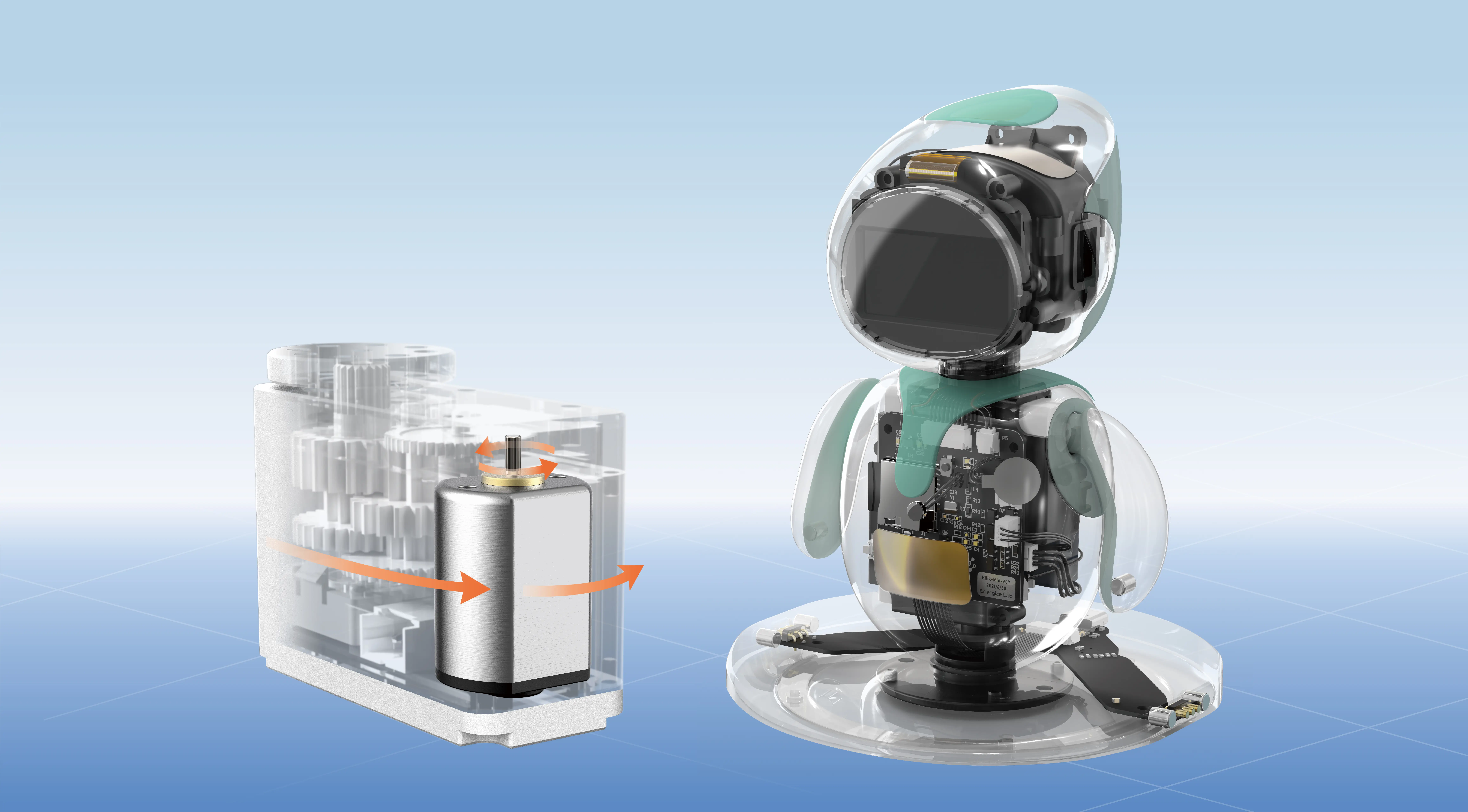Imagine a world where machines can move with precision, responding seamlessly to your commands, whether it’s a robotic arm reaching out to pick up objects or a drone adjusting its flight path. At the heart of many of these automated marvels lies a small yet powerful device known as the servo motor. If you’re diving into the world of electronics and robotics, understanding what a servo motor is—and how to control it with an Arduino—could unlock limitless possibilities for your projects.

What is a servo motor?
A servo motor is a specialized rotary actuator capable of precisely controlling angular position, velocity, and acceleration. Unlike regular DC motors that spin freely when powered on, servo motors include built-in feedback systems, allowing them to stop at specific positions with high accuracy. This feature makes them invaluable in applications where exact placement or movement is crucial: robotic arms, remote-controlled cars, camera gimbals, and more.
Basically, a servo motor converts an electrical signal into mechanical rotation. Its design typically includes a small electric motor, a gear train for torque multiplication, a potentiometer for position feedback, and a control circuit. When it receives a control signal—often a Pulse Width Modulation (PWM) signal—the servo motor’s internal circuitry interprets it and moves the shaft accordingly.
How does a servo motor work?
The core principle behind a servo's operation lies in feedback control. Here’s a simplified breakdown:
Receiving the Signal: The servo receives a PWM signal, where the width of the pulse determines the position the motor should move to. Typically, pulses range from 1 millisecond (ms) to 2 ms, correlating to angles from 0° to 180°.
Interpreting the Signal: The servo’s internal electronics compare the incoming pulse with the position feedback (via the potentiometer). If the shaft isn’t in the desired position, the controller activates the motor.
Adjusting the Position: The motor turns until the feedback indicates the shaft has reached the target angle. Then it holds this position as long as the control signal remains steady.
Maintaining Position: Because of the feedback loop, servos can maintain precise positions and respond to new signals quickly.
Different types of servo motors
While “servo motor” generally refers to these precise, feedback-enabled devices, there are variations:
Standard Servos: Commonly used in hobby robotics, these are simple, inexpensive, and typically provide 0-180° rotation.
Continuous Rotation Servos: Modified versions that rotate full 360°, capable of continuous movement, acting more like motors with variable speed control.
Digital vs. Analog Servos: Digital servos process signals faster and can hold positions more accurately, making them suitable for applications demanding high speed or precision.
Why use servo motors with Arduino?
Matching a servo motor with an Arduino opens a world of creative possibilities. Arduino, with its ease of programming and widespread community support, makes controlling servos accessible to beginners and experts alike. Whether you’re building a robot arm, animating a model, or creating an automated camera system, a servo motor can bring your ideas to life with precise, controllable motion.
Getting started with Arduino and servo motors
To control a servo with an Arduino, you generally need a few basic components:
An Arduino board (Uno, Mega, Nano, etc.) A servo motor suitable for your project External power supply for the servo (important for larger or multiple servos) Jumper wires and a breadboard (optional, but helpful for prototyping)
The Arduino platform provides the Servo library, a handy tool that simplifies the task of controlling servos. Using this library, you can set servo positions with simple commands like servo.write(angle).
In the next part, we’ll explore how to connect a servo to an Arduino, write your first control code, and troubleshoot common issues encountered by beginners. Plus, we’ll look into some exciting project ideas that leverage the power of servo motors. Stay tuned to turn your ideas into motion!
Leveraging innovations in modular drive technology, Kpower integrates high-performance motors, precision reducers, and multi-protocol control systems to provide efficient and customized smart drive system solutions.




































